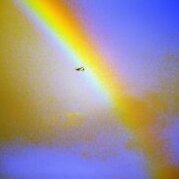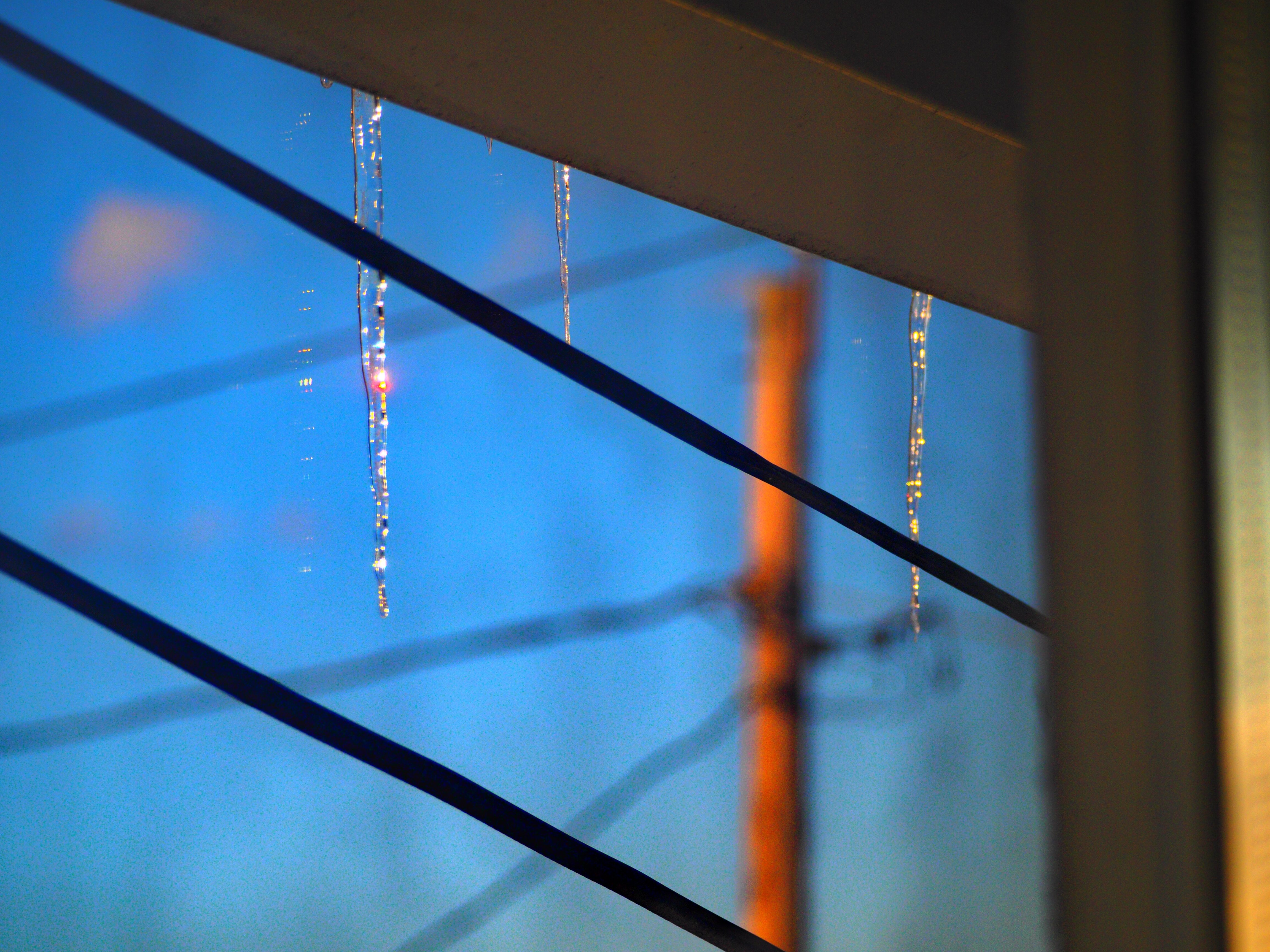-
Posts
44,789 -
Joined
Content Type
Profiles
Blogs
Forums
American Weather
Media Demo
Store
Gallery
Everything posted by LibertyBell
-
Yep, just not historic. Getting a Cat 5 so early in the season helped boost the ACE.
-

Occasional Thoughts on Climate Change
LibertyBell replied to donsutherland1's topic in Climate Change
Makes a lot of sense, which is why this is an existential threat. -
hmm I wonder if that means that if we see a lot of tropical activity in October that's a good sign for winter?
-
bookend winter perhaps Ray?
-
wow and this year we had a summer Nemo version on close to the same day and in the same area that Nemo jackpotted.
-
Looks like JFK got one in July, Tony, what day was that on?
-
Holding at 9 90 degrees here and might not get any more this season? August 1-3 was our first and only heatwave here on the south shore this season.
-

Record Number of Extreme 10”+ Rainfall Months Since 2003
LibertyBell replied to bluewave's topic in New York City Metro
the summer version of Nemo-- in the same areas too. -

Extended summer stormlover74 future snow hole banter thread 23
LibertyBell replied to BxEngine's topic in New York City Metro
For us that might be next July -
Chris, did this last event remind you of Nemo in some ways? Same areas got the historic totals in both storms (the snowfall max spot on Long Island!) I don't mind getting off easy with only 2-3 inches of rain this time, big time flooding is one type of extreme event I never want to see.
- 1,764 replies
-
- hurricanes
- tropics
-
(and 5 more)
Tagged with:
-
The weather has been perfect the last two days, the first two days were too cold and windy which aggravated my allergies.
- 1,764 replies
-
- hurricanes
- tropics
-
(and 5 more)
Tagged with:
-
this has got to be even more rare than 100 inches of snow!
- 1,764 replies
-
- hurricanes
- tropics
-
(and 5 more)
Tagged with:
-
Early winter might be cold (it's already turning cooler and feels like Fall), but it will also probably end after Mid January. Most of our snow will likely be in December and part of January Looks like the tropical season won't live up to expectations-- I never thought this was going to be some historic 2005/2020 repeat.
-
The hottest day of the year--- we hit 94 here so far Does JFK have a heat index of 100? I believe it's their highest so far!
- 1,764 replies
-
- hurricanes
- tropics
-
(and 5 more)
Tagged with:
-

Extended summer stormlover74 future snow hole banter thread 23
LibertyBell replied to BxEngine's topic in New York City Metro
It's more than just that. It's a very hot summer inland yes-- but NYC has had zero days higher than 95. Here on Long Island it's even worse. No day hotter than 91-92 and JFK didn't have a single 90 degree day in July. 1983, 2002 and 2010 were all much much hotter for us. Add in 1991 and 1993 for the city too. -

Extended summer stormlover74 future snow hole banter thread 23
LibertyBell replied to BxEngine's topic in New York City Metro
I know, it sucks we were left out of all the fun. I think there's a connection between inland hot summers and rain/snow lines in the winter.... might want to look into that. JFK has had a measly 2 90 degree days all year and none in July. Here on the south shore we have had 5 in total for the year and 2 in July. I think the rain/snow line will set up the same way in the winter, expect a lot of changeover storms with the coast getting not more than 2-3 inches in any storm. Just like the highest temps we've had this summer have been 91-92. My hottest summers were 1983, 2002 and 2010. Two of those were followed by great winters here too. -

Occasional Thoughts on Climate Change
LibertyBell replied to donsutherland1's topic in Climate Change
This shows how awful fracking is, maybe some people will finally figure it out-- fracking water is contaminated with radioactive waste 600x higher than 'SAFE' levels. https://grist.org/regulation/roadspreading-pennsylvania-fracking-waste/?utm_source=pocket-newtab-en-us Siri Lawson and her husband live on a stamp of wooded, hilly land in Warren County, Pennsylvania, nestled in the state’s rural northwest corner. During the summer heat, cars traveling on the county’s dirt roads cast plumes of dust in their wake. Winter’s chill can cause a hazardous film of ice to spawn on paved roads. To protect motorists from both slippery ice and vision-impairing dust, communities across Pennsylvania coat these roads with large, cheap volumes of de-icing and dust-suppressing fluids. In Lawson’s case, her township had been using oil and gas wastewater as a dust suppressant, believing the material was effective. But researchers have found it is no better at controlling dust than rainwater. It can also contain toxic chemicals and have radioactive concentrations several hundred times the acceptable federal limit in drinking water. Given the risks it poses to human health and the environment, Pennsylvania lawmakers and the state’s environmental agency disallowed this practice more than seven years ago. But oil and gas companies have continued to spread their wastewater practically unchecked across the state, thanks to a loophole in state regulations. A Grist review of records from 2019 to 2023 found that oil and gas producers submitted more than 3,000 reports of wastewater dumping to the state Department of Environmental Protection, or DEP. In total, they reported spraying nearly 2.4 million gallons of wastewater on Pennsylvania roads. This number is likely a vast undercount: About 86 percent of Pennsylvania’s smaller oil and gas drillers did not report how they disposed of their waste in 2023. Wastewater dumping is an open secret on Pennsylvania roads. At a legislative hearing this spring, state senators Katie Muth and Carolyn Comitta, both Democrats, said they witnessed companies spreading wastewater last fall during a tour of new fracking wells. Lawson, who has become a public face of opposition to wastewater dumping, experiences sinus pains and believes her symptoms are connected to living near roads coated with wastewater. Sometimes the pain has been so intense she’s had to leave her home “to get different air.” She’s submitted multiple complaints to DEP over the years, but she says it has done little to drag the agency off the sidelines. https://grist.org/accountability/fracking-waste-california-aqueduct-section-29-facility/ Study: Toxic fracking waste is leaking into California groundwater The research leaves little doubt: California is facing massive groundwater contamination. -
and Mineola hit 109 in 2011 didn't they?
-
I'm actually 5 min south of Sunrise Hwy and we're still hotter than JFK-- we hit 90-91 when JFK is stuck between 86-89. Our highest temps are around 1 PM
-
not the wild fire smoke, but I remember the summer of 2010 here and it was very awesome.
-
Yes it looks like it will be amazing from Friday onwards!
-
you want this soup? its hard to breathe. I wish I had the power to evaporate the atlantic and the gulf of mexico and suck all that moisture to Mars
-
with low humidity it would be much better than this soup Not 110, but 100-105 in 20% humidity
-
How does Montana get temps close to 110 and we can't even manage 95 lol. Look at Glasgow, MT.... wow....
-
Chris do you think being in a semiurban community near the south shore mutes the effect of the sea breeze? I have counted 5 days in the 90s this year so far, 2 in June and 3 in July.... how does JFK have none in July? I'm 2.5 miles from the ocean.



